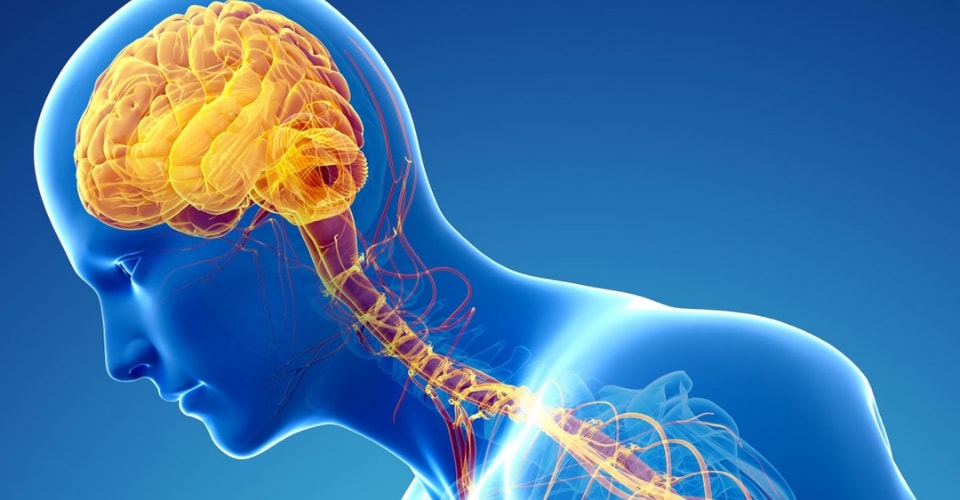Introduction to SNP Genotyping
SNP stands for single nucleotide polymorphism, which refers to variations in single DNA building blocks (nucleotides) between members of the same species. SNP genotyping is a technique used to analyze and detect differences in SNP positions in the genome.
What are SNPs?
SNPs are the most common form of genetic variation among individuals. They occur approximately every 100 to 300 bases along the 3 billion base human genome. Each SNP represents a difference in a single DNA building block, called a nucleotide: A, T, C or G. For example, if a DNA segment from one individual has the nucleotide adenine (A) at a specific position on a chromosome and another individual has guanine (G) at that same position, they differ at that SNP site.
While DNA sequences of all humans are over 99% identical, SNP Genotyping and Analysis account for genetic variations that occur between individuals and populations. This genetic variation contributes to phenotypic differences between people, such as appearances and susceptibilities to genetic diseases. SNPs can act as biomarkers helping to track how genetic variations shape health, disease, drug response and evolution.
SNP Genotyping and Analysis Methods
Several experimental techniques exist for detection and genotyping of SNPs in the human genome. Common methods for SNP genotyping include:
DNA Microarrays
SNP microarrays allow high-throughput analysis of hundreds of thousands of SNPs simultaneously using hybridization techniques. Known SNP sequences on the microarray react with target DNA from a sample to detect the presence of matching SNPs. Fluorescent labeling quantifies hybridization and determines SNP alleles present. This method is high-throughput but limited by the SNPs already represented on the microarray.
DNA Sequencing
Direct DNA sequencing can detect all SNPs in a given genome region. Sequencing identifies each nucleotide base present and allows determination of differences from a reference sequence. Next-generation sequencing techniques now provide a very cost-effective means of determining whole exome or genome sequences. However, sequencing requires greater effort and bioinformatic analysis than microarray-based methods.
Mass Spectrometry
Mass spectrometric techniques use the ratio of allele-specific ion signals to genotype SNPs. Primer extension determines the terminal base added by DNA polymerase. Ionization and mass analysis identify allele-specific extension products. Mass spectrometry methods provide accurate, high-throughput SNP detection without previous knowledge of SNP alleles.
Bioinformatics Approaches for SNP Genotyping and Analysis
Raw SNP genotyping data from microarrays or sequencers requires sophisticated bioinformatics analysis to accurately determine genotypes at each SNP position. Commonly used bioinformatic approaches include:
Genotype Calling
Advanced algorithms call genotypes from intensity data by clustering data points into genotype classes. The clustering takes into account factors like copy number variations, contamination, etc. This process compares the experimental data against clustering models which determine the most likely genotype.
Data Filtering
Confounding factors require initial filtering steps. SNPs with low genotyping success rates or those shown to cluster ambiguously are flagged and excluded. Samples that fail quality control metrics are also filtered out to improve accuracy.
Population Stratification Analysis
Subtle population differences can bias genotype-phenotype associations. Stratification analysis examines ancestral backgrounds to infer and correct for cryptic relatedness or differential ancestry. This improves adjustments for genetic variation in epidemiological studies.
haplotype phasing
Haplotype phasing computationally infers which SNP alleles are inherited together on the same chromosome. It analyzes linkage disequilibrium patterns and can improve imputation of ungenotyped SNPs from reference panels of sequenced individuals. Phasing improves fine-mapping of causal variants associated with traits.
Applications and Advantages of High-Throughput SNP Genotyping
A variety of applications now leverage accurate, large-scale SNP genotyping data:
Genetic Mapping and Association Studies
SNP genotyping has revolutionized genome-wide association studies (GWAS) to map genetic variants associated with common diseases. SNPs tag surrounding regions to localize causal variants through linkage disequilibrium. GWAS have mapped >10,000 trait-associated loci so far.
Ancestry and admixed population analysis
Dense SNP arrays serve as fingerprints of ancestral genomes. Genotyping ancient DNA allows tracing of prehistoric population migrations. Analyzing worldwide patterns of linkage disequilibrium infers ancestral recombinations to map global human evolutionary history.
Agricultural and conservation genetics
High-density genotyping enhances selection and breeding in agricultural science. It tracks genetic diversity within endangered populations and optimizes conservation management of wild species. Forensics also uses SNPs for human identification and ancestry inference in missing persons investigations.
Pharmacogenetics and toxicity profiling
Individual variation in drug absorption and metabolism influences therapeutic efficacy and toxicity risks. SNPs help personalize medications by predicting drug responses and adverse reactions. Genotyping enhances precision oncology by matching anticancer therapies to tumor molecular profiles.
*Note:
1. Source: Coherent Market Insights, Public sources, Desk research
2. We have leveraged AI tools to mine information and compile it




